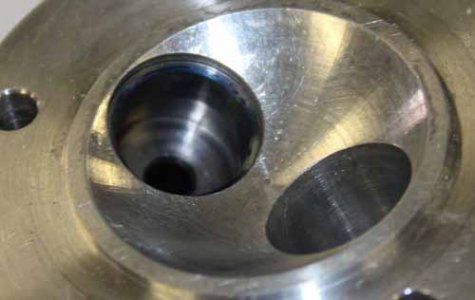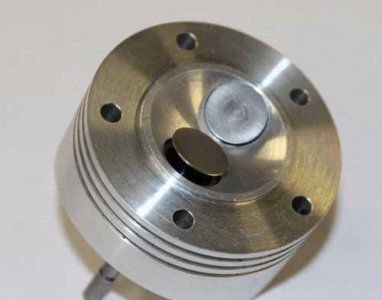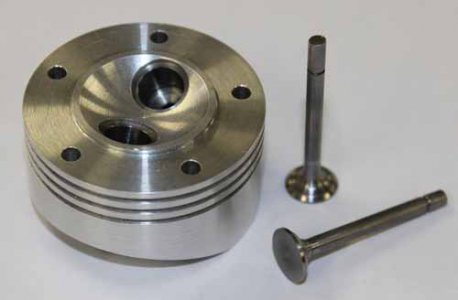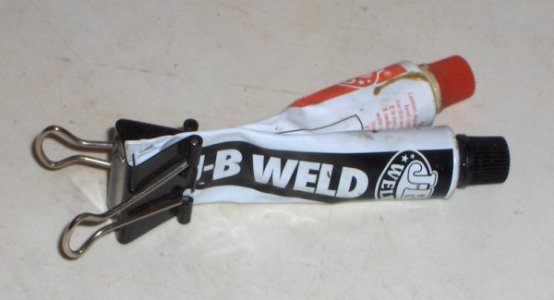Coincidentally, some model engineering forums I follow have been showing examples of bronze valve cages 'glued' into aluminum heads with various adhesives. Before you load the verbal assault rifles (LOL) some background info. We actually know what we are doing! Well... kind of. These are fussy little buggers. The typical 45-deg valve seat is only 0.010-0.015". So pressing them into the heads with any kind of interference is usually a recipe for distortion, ovaling = valve leak, maybe a junked head - a real headache. Yes the seats might be re-cut & re-lapped, but its much more desirable to establish the seal beforehand, then insert the cage stress free retained with a thin annular film of adhesive.
Where was I? Oh ya, JB weld. Some folks have subjected coupons to fire & fury tests with a blowtorch & wrench, simulating combustion chamber conditions & exhaust port couplings. Apparently JB is standing up better than most of the high temp Loctite's & HT retaining compounds, observing all the gap widths & cleanliness. This was interesting to me, so I intend to repeat. The metal filler is probably helping, but I've had some experience with true high temp resins & they inevitably have to be post cured. So story to be continued.
One thing I can pass on from my RC model days & probably have mixed 10,000 epoxy batches. The smaller the quantity, the harder it is to get the correct 1:1 resin/hardener mix. They are a little bit tolerant of misproportion, but not much. I know when it comes to laminating epoxies like composite structures, even 5% misproportion can cause problems, improper cure or not attaining full strength. So image 5% of a 2 dots of JB. What I find helps is to squeeze them out in parallel lines beside one another so you can eyeball volume better. I use a clean sheet of notepad paper, no used materials especially if they are dirty or greasy.
Another thing is to very thoroughly mix the 2 components. Don't just give it a few swirls & call it good. Don't run yourself out of application time of course, but I would mix for at least 30 secs to a minute, again with a clean stir stick. Some folks have tried gentle heat & post cure heat, but I haven't seen any tangible specs (on JB). For sure this is a known thing in laminating resins.



............................Bob






 after the third. Still going, 3 years and 48k miles later.
after the third. Still going, 3 years and 48k miles later. 
